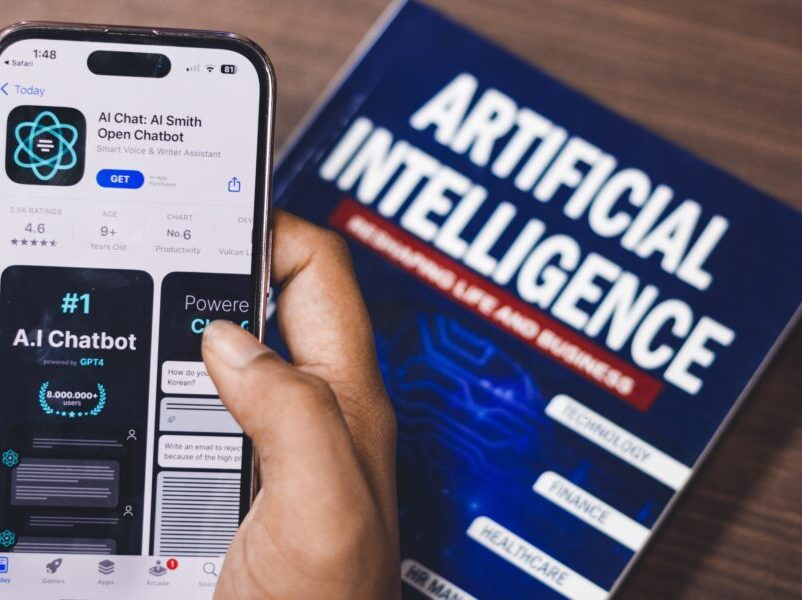The bustling streets of New Orleans, renowned for their vibrant celebrations and cultural richness, witnessed an unthinkable tragedy on January 1, 2025. A devastating act of violence unfolded on Bourbon Street, leaving 10 dead and 35 injured. This act, labeled as a terrorist attack by local authorities, has not only shaken the city but also reignited concerns about public safety at large gatherings.
The Tragedy Unfolds
At approximately 3:17 a.m., a rented Ford F-150 Lightning truck rammed through a crowd of New Year’s revelers. Witnesses described the scene as chaotic and horrifying, with bodies scattered across the street. The attacker, identified as Shamsud Din Jabbar, was reportedly carrying an ISIS flag and dressed in military gear. After crashing the vehicle, Jabbar opened fire on police officers before being fatally shot. Two officers were injured in the exchange and are now in stable condition.
Adding to the carnage, improvised explosive devices (IEDs) were discovered near the attack site. Federal and local authorities, led by the FBI, are investigating the attack as an act of terrorism. The suspect’s potential connections to ISIS and his actions in the days leading up to the incident are under intense scrutiny.
The Immediate Response
New Orleans Police Department (NOPD) and emergency services responded swiftly to the scene. Injured victims were transported to multiple hospitals, and an emergency command center was established. The area surrounding Bourbon Street remains cordoned off as investigators conduct a thorough grid search for additional threats.
Local and federal authorities have urged the public to stay vigilant and report any suspicious activity. Mayor LaToya Cantrell emphasized the city’s resilience, vowing to support the victims and their families.
National and Global Implications
This attack mirrors a growing trend of vehicle ramming incidents targeting large gatherings. In December 2024, a similar attack occurred at a Christmas market in Germany. Experts have noted the increasing prevalence of such low-tech, high-impact tactics among terror groups and lone actors.
Attorney General Merrick Garland stated, “We will deploy every available resource to conduct this investigation,” underscoring the federal government’s commitment to combating domestic and international terrorism. President Joe Biden and President-elect Donald Trump both issued statements condemning the violence and expressing solidarity with the victims.
Witness Accounts and Community Impact
Eyewitnesses have recounted harrowing experiences. Dan McFee, a tourist, narrowly escaped the speeding truck, while Jimmy Cothran, an EMT, described the aftermath as something out of a movie. The psychological scars of this event will likely linger in the community for years to come.
Despite the tragedy, New Orleans remains steadfast. The city’s iconic Sugar Bowl game proceeded as scheduled, serving as a testament to the community’s resilience and determination to overcome adversity.
Preventing Future Attacks
This horrific act has reignited debates on public safety measures for large events. Questions about the adequacy of barricades and law enforcement presence on Bourbon Street are being raised. Authorities are likely to revisit security protocols to prevent similar incidents in the future.
Conclusion
The New Orleans attack is a grim reminder of the persistent threat posed by terrorism. As the city mourns the loss of lives and supports the injured, it also exemplifies unity and strength in the face of tragedy. Moving forward, it is imperative for law enforcement agencies, policymakers, and communities to collaborate in fostering safer environments for all.



